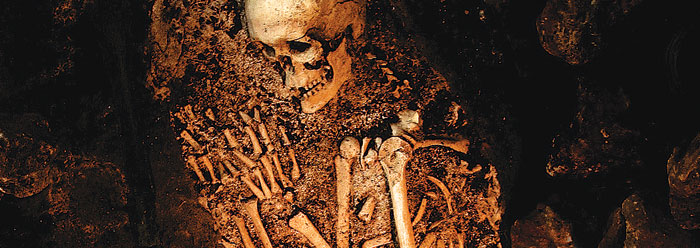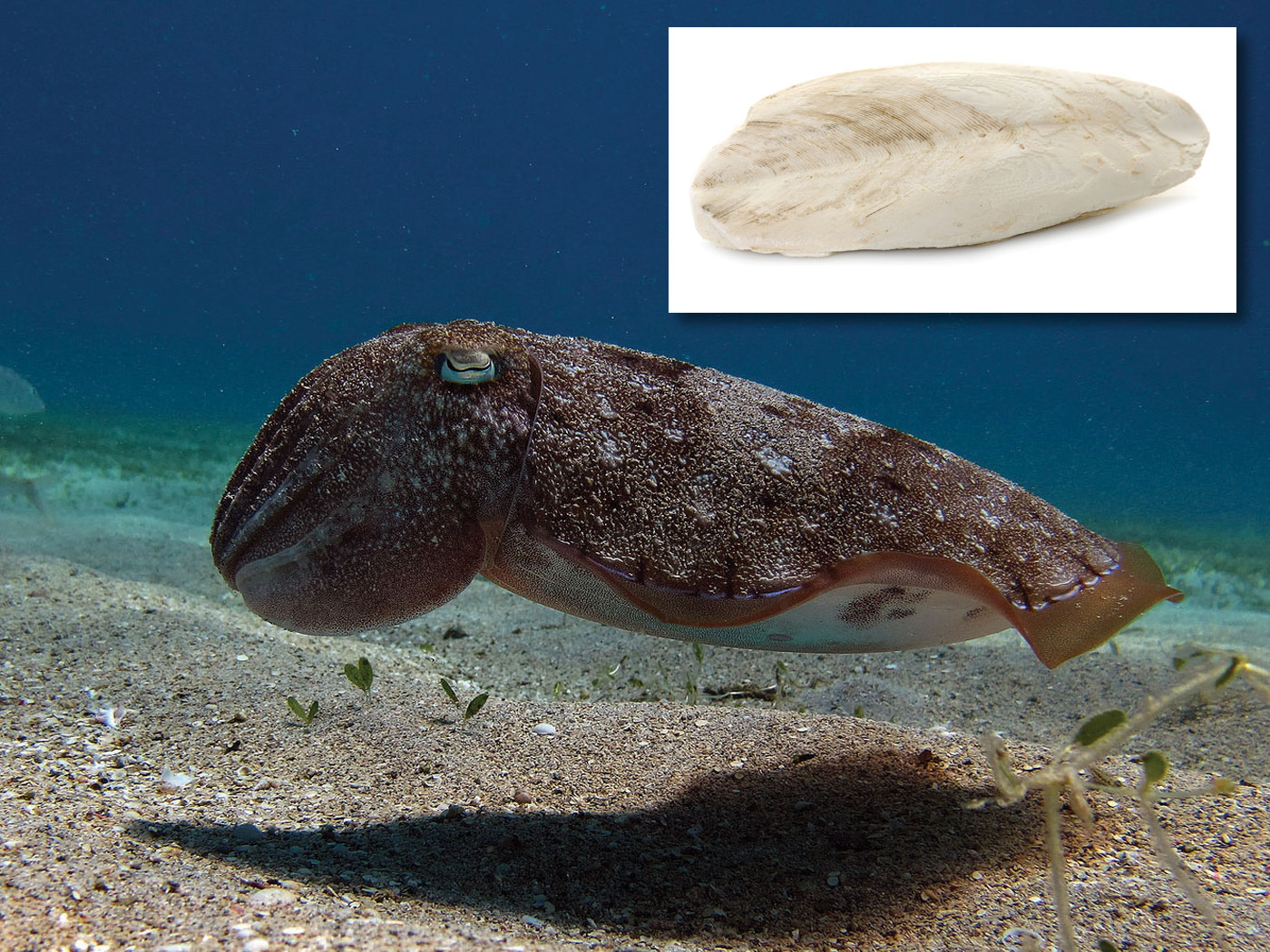Bones were discovered in a cave in Germany's Neander Valley in the middle 1800s. Since then, many more "Neandertal" remains have been uncovered. The story has been told that they wore no clothes, had a very primitive culture, and hunted animals with clubs as they evolved from an ape-like to a man-like creature. But is this an accurate picture?
Theistic evolutionists and progressive creationists believe that Neandertal and similar "cavemen" lived in a time long before Adam and Eve. One progressive creationist said, "Based on both skeletal and genetic comparisons, it can be conclusively said that the Neanderthal are not related to humans nor are they an ancestor to humans."1 Biblical creationists, however, have long taught that Neandertals were fully human descendants of Noah who lived alongside other men during the post-Flood Ice Age.2 Which perspective most easily accommodates the scientific evidence?
Neandertals are usually depicted primarily as hunters, but "a new study shows they cooked and ate veggies." Fossilized Neandertal teeth from Belgium and Iraq had grain starch on them. Amanda Henry, lead author of the study, told CNN, "Neanderthals are often portrayed as very backwards or primitive…Now we are beginning to understand that they had some quite advanced technologies and behaviors."3
An earlier report described "Stone Age" grinding tools along with hundreds of starch grains in various stages of processing, from a variety of plants.4 Evidence from the field seems consistent with the idea that mankind, including those who sheltered in caves, has always enjoyed a varied diet.
So, "cavemen" did not simply hunt for meat. But did they have a simplistic culture?
Evidence of advanced communication and construction skills continues to challenge primitive portrayals of earlier peoples. One study found Stone Age carvings in a South African cave. The "270 fragments of intentionally marked ostrich eggshell" containers were made by people with "social, cultural, and cognitive underpinnings that overlap with those of modern people."5 Nearby people make and decorate eggshell carriers in the same manner to this day.
Some of the very earliest human artifacts are knives from Africa, made by heating stone to make it easier to flake into blades. A group of scientists reverse-engineered the difficult heating process, concluding, "These people were extremely smart."6 Though Neandertals were not found in association with the knives, both overlapped in time.
Bones cut by a stone knife have been dated to a time before mankind had supposedly evolved to make tools.7 Ancient humans even performed surgery, complete with antiseptics and anesthesia!8 They made colorful jewelry out of seashells, prompting Discovery News to state, "Even Neanderthals knew how to accessorize."9
And the first completed Neandertal genome "showed us things completely unexpected by evolutionary theory. First, Neandertal was fully human. Second, he is related to people living in Eurasia today. Third, Neandertals interbred with modern humans."10 This matches skeletal remains that were part modern, part Neandertal, found in Iberia.11
Each "caveman" discovery lines up with God's record on the matter. Of course Neandertals ate grains and made jewelry and complicated tools…they were fully human beings recently created in the image of God.
References
- Millam, J. Of Caveman and Creation. Reasons to Believe, Seattle Area Chapter January 2009 newsletter, 7.
- Morris, J. 1997. Is Neanderthal in Our Family Tree? Acts & Facts. 26 (9).
- Said, S. Study: Neanderthals cooked, ate vegetables. CNN. Posted on cnn.com December 29, 2010, accessed January 11, 2011.
- Revedin, A. et al. 2010. Thirty thousand-year-old evidence of plant food processing. Proceedings of the National Academy of Sciences. 107 (44): 18815-18819.
- Texier, P-J. et al. 2010. A Howiesons Poort tradition of engraving ostrich eggshell containers dated to 60,000 years ago at Diepkloof Rock Shelter, South Africa. Proceedings of the National Academy of Sciences. 107 (14): 6180-6185.
- Callaway, E. Earliest fired knives improved stone age tool kit. New Scientist. Posted on newscientist.com August 13, 2009, access August 18, 2009.
- Thomas, B. Human Tool Marks Found from 'Lucy' Era. ICR News. Posted on icr.org August 18, 2010, accessed January 31, 2011.
- Thomas, B. Surprising 'Stone-Age' Surgery Evidence Found in France. ICR News. Posted on icr.org February 4, 2010, accessed January 31, 2011.
- Viegas, J. Prehistoric Jewelry Reveals Neanderthal Fashion Sense. Discovery News. Posted on news.discovery.com January 8, 2010, accessed January 13, 2010.
- Sarfati, J. 2011. Corals, Genes, and Creation. Creation. 33 (1): 54.
- Thomas, B. Neanderthal Men Were Modern Men. ICR News. Posted on icr.org November 18, 2008, accessed January 31, 2011.
* Mr. Thomas is Science Writer at the Institute for Creation Research.
Cite this article: Thomas, B. 2011. Identifying Neandertal Man. Acts & Facts. 40 (3): 18.






















